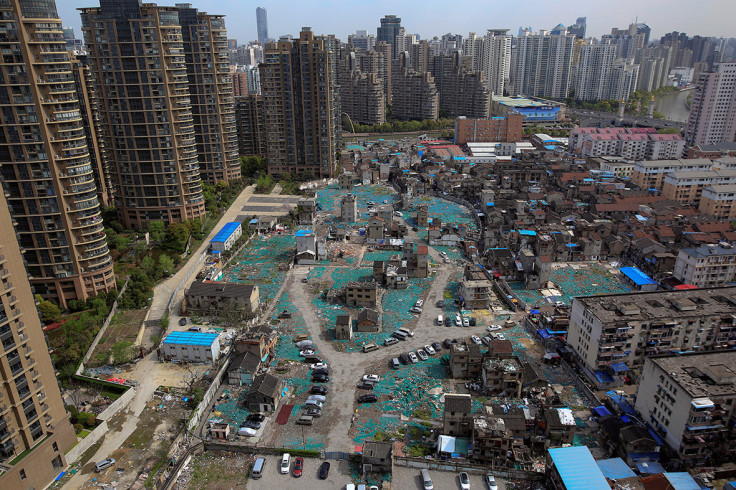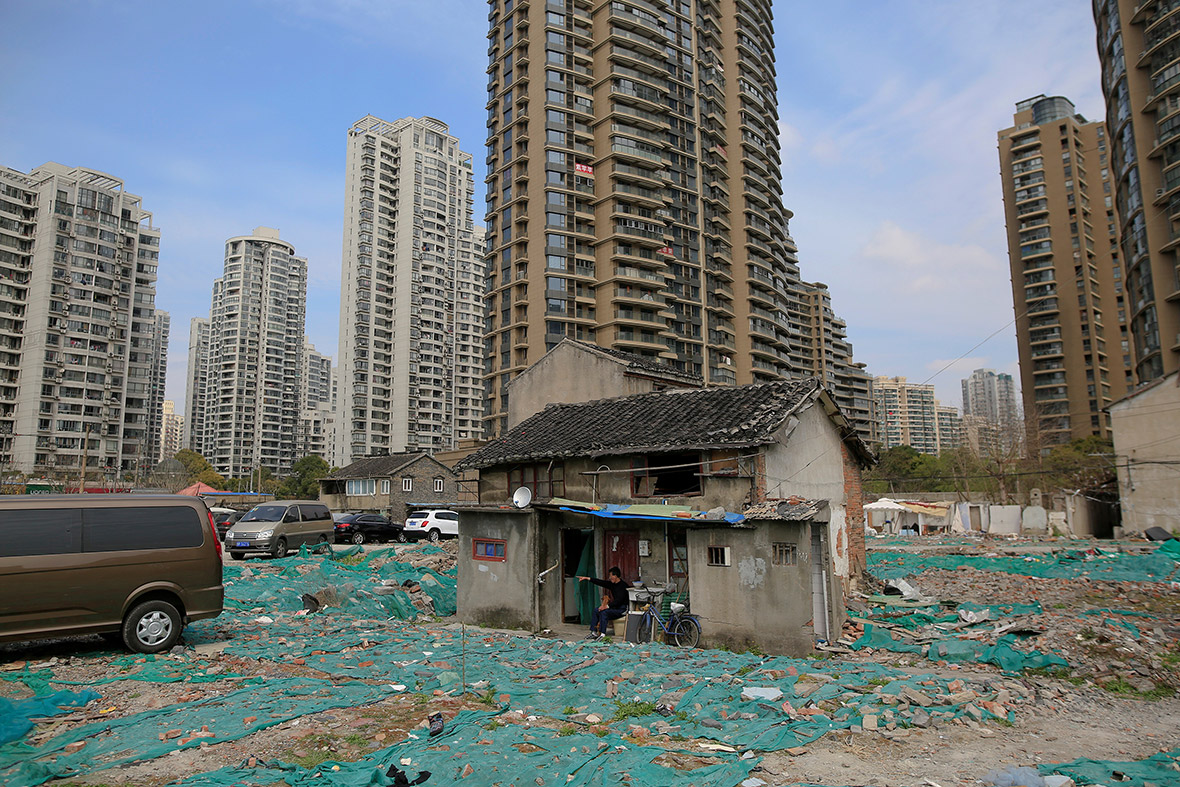China's nail houses: Homeowners refuse to leave Shanghai's partly demolished Guangfuli neighbourhood
On paper, Shangahi's Guangfuli neighbourhood is a real estate investor's dream: a plot in the middle of one of the world's most expensive property markets. But the reality is more like a developer's nightmare, thanks to hundreds of people living there who have refused to move from their ramshackle homes for nearly 16 years as the local authority sought to clear the land for new construction. Surrounded by gleaming towers, the area looks like it has been bombed out.

The few residents live in crumbling old houses, many of them partially demolished, with walls missing and no glass in the windows. But still they refuse to budge. Most of the properties have the Chinese character for "tear down" spray painted on them by demolition teams, although the paint has faded as the stand-off between the residents and the developer has dragged on.






Luo Baocheng lives with his brother and family in a small three-storey apartment building, which he said he inherited from his mother. Luo said the property developer, Xinhu Zhongbao, refuses to pay the 4.2 million yuan (about £445,000) he says the house is worth. "They told me, I don't have a property right certificate," he told Reuters. "I've lived here 32 years, does that or does that not mean it's my property?"
Local real estate agents say average prices in the area around Guangfuli are now around £8,000 per square metre. As Shanghai property prices accelerate – they rose 25 percent year-on-year in March - the conflict over Guangfuli has intensified.
The residents said the developer has offered to swap their homes for new apartments in the distant Jiading district, but the catch is that they would have to pay. Luo said he was asked to fork out CH¥1.18 million (about £125,000, $181,000) for two apartments for him and his brother; he wanted four apartments and baulked at the price tag. "Where are we going to find 1.18 million? I'm retired and my brother is laid off," he said.









The local authority, the Putuo district government, told Reuters, in response to faxed questions, that it wanted to demolish the neighbourhood and "make residents' lives better" by relocating them. The developer, Xinhu Zhongbao, did not answer Reuters' repeated calls requesting comment.
The stalemate highlights a fundamental and unresolved problem in China's half-liberalised property regime: who owns the land? As a rule, the average Chinese person's wealth is held in the form of cash and property. But property wealth in China rests on a tenuous definition of ownership, particularly so when it comes to the old houses granted to people by their work units in the days before such a market existed.
When China implemented property rights, these people were allowed to continue using the houses they lived in, with the caveat that the local government could relocate them later, with some sort of compensation. But widespread dissatisfaction with the compensation offered by local governments led to protests by residents and engendered the "nail house" phenomenon: residents who refuse to accept the buyout offer and stay put, boarding up their homes to fend off attempts to remove them.





The result has often been architectural absurdities: small houses standing in the midst of freeways, pedestrian malls, perched on concrete islands in the middle of pits excavated for underground parking lots. But time and the great bulldozer, has seen most "nail house" residents in China bought out, pushed out or – given that many are elderly – carried out.
© Copyright IBTimes 2024. All rights reserved.























